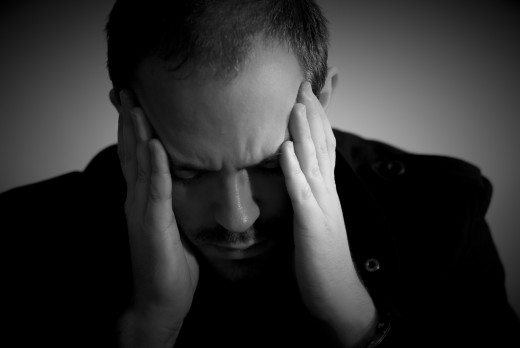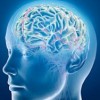Cyclothymia - Two Faces, One Coin

Is Cyclothymia same as Bipolar disorder.
In a moderate way, Yes. Cyclothymia projects the same symptoms as that of Bipolar disorder. It is characterized by rapid mood swings ranging from Euphoria to short spells of mild depression.
However, the person will not experience any symptoms of clinical depression or mania. This can make detection of this disorder hard to identify. Estimated, 3 to 5 percent of the total population are affected by Cyclothymia.
In the long run if left untreated , Cyclothymia can evolve to full grown Bipolar disorder.
Causes
Cyclothymia is a mild form of bipolar disorder. Experts are still not sure what causes the mood swings.
Genetics do play a role where affected person may have a relation suffering from the same disorder.
Environmental factors and changes in brain chemistry are other two possibilities.

Symptoms
Rapid mood swings is one of the main symptoms of Cyclothymia. The high and low moods project two different scenarios in the same person. They are.
Hypomania (high) moods of Cyclothymia projects the following.
- An exaggerated feeling of Euphoria which lasts for a few minutes.
- Low amount of sleep (Insomnia). Hardly 4 to 5 hours rest a day.
- Tendency to be easily distracted. Projects restlessness most of the time.
- Fast or Slurred speech.
- Sexual drive increases.
- Projects Aggressive behavior and agitation.
- Poor decision making.

Depressive (Low) moods projects the following.
- Feeling of extreme Guilt and negative self talk.
- Hopelessness
- Thoughts of suicide and self harm.
- lose of Appetite.
- Reduced sex drive.
- Projects Avoidance behavior. Withdrawal from activities once considered enjoyable.
- Excessive Fatigue.

There is always a cure
- Consult a psychiatrist who can verify the case and prescribe the necessary anti - depressant / anti psychotic drugs. The medication reduces the constant mood swings and also prevent Cyclothymia from evolving into bipolar disorder.
- Cognitive behavior therapy (CBT) can provide fast relief from sleeping disorder and agitative behavior. In this technique the patient is exposed to the stressors, in a gradual manner. The troubled thoughts are then converted from pessimism to a more positive and constructive pattern. Group and family therapy is also prescribed during this phase.
- Invest in a hobby which keeps you occupied such as reading, writing or even outdoor walks. Regular exercise provide production of endorphins in your brain which provides an instant stress relief.
- Classical genre from Bach, Beethoven or even Trance music can reduce the thought chatters in the mind and promote clarity thinking.
- Mindful awareness which is a technique used in Yoga helps the mind to focus on the present. The best thing is, it can be practiced anywhere, anytime. Just be mindful of you surroundings. Take in the smell, people and objects around you. By being grounded in the present, you become more adjusted to reality, in turn reducing unwanted tension.
Bipolar vs Cyclothymia Disorder
Helpful links
- Understanding & Coping with Cyclothymia | Psych Central
It’s a disorder that leaves you at the mercy of your moods, but tends to be subtle enough that you may not even understand you’re struggling with dia - Cyclothymia (Cyclothymic Disorder) Symptoms, Treatments, Causes, and More
WebMD explains cyclothymia, also called cyclothymic disorder, and how it differs from bipolar disorder. Plus, treatments, symptoms, and complications of living with cylothymia.








